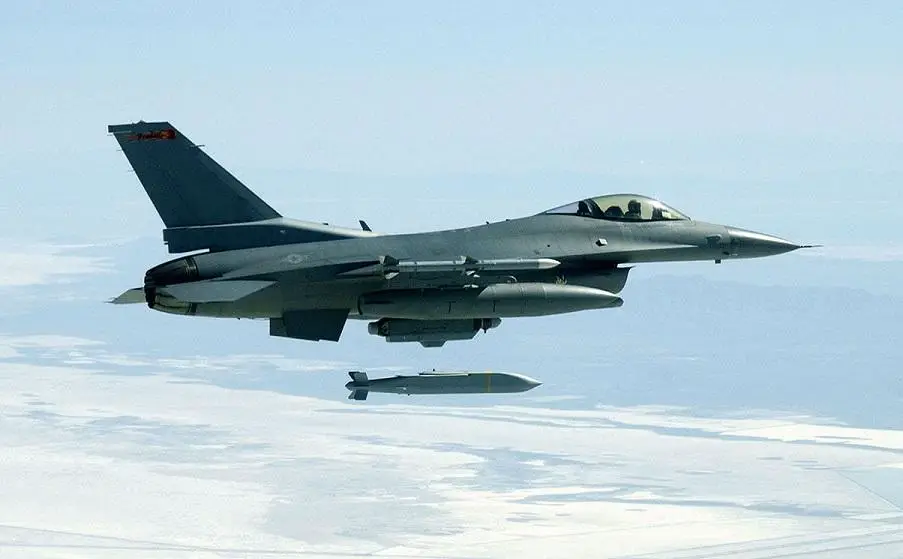The U.S. State Department has made a determination approving a possible Foreign Military Sale to the Government of Morocco of Joint Stand Off Weapons (JSOW) and related equipment for an estimated cost of $250 million. The Government of Morocco has requested to buy forty (40) AGM-154C Joint Stand Off Weapons (JSOW). Also included are Dummy Air Training Missiles; Captive Flight Vehicles (CFVs); Free Flight Vehicles (FFVs); containers; mission planning, integration support, munitions storage security and training; weapon operational flight program software development; transportation, test equipment; support equipment; spare parts; publications documentation; personnel training equipment and other related elements of logistical and program support.
The principal contractor will be Raytheon Missiles & Defense Company, Tucson, Arizona. There are no known offset agreements proposed in connection with this potential sale. The proposed sale will improve Morocco’s capability to meet current and future threats. Morocco intends to use the missiles on its F-16, multi-role fighter aircraft and will provide enhanced capabilities in effective defense of critical sea lanes. The proposed sale of these missiles and support will increase the Royal Moroccan Air Force’s maritime partnership potential and align its capabilities with existing regional baselines. Morocco will have no difficulty absorbing these weapons into its Air Forces.

The AGM-154 Joint Standoff Weapon (JSOW) is a glide bomb that resulted from a joint venture between the United States Navy and Air Force to deploy a standardized medium range precision guided weapon, especially for engagement of defended targets from outside the range of standard anti-aircraft defenses, thereby increasing aircraft survivability and minimizing friendly losses. The JSOW is a fire-and-forget weapon that employs a tightly coupled GPS/INS for navigation, and is capable of day/night and adverse weather operations. The JSOW-C adds an infra-red seeker for terminal guidance. The designation of the Joint Standoff Weapon as an “air-to-ground missile” is a misnomer, as it is an unpowered bomb with guidance avionics, similar to the older GBU-15.
The Joint Standoff Weapon is just over 410 centimetres (160 in) in length and weighs about 450 kilograms (1,000 lb). The AGM-154A (JSOW-A) entered service in 1999. US Navy and Air Force developed the AGM-154B (JSOW B) up until Multi-Service Operational Test & Evaluation (MOT&E) but the Navy decided not to procure the weapon when the Air Force left the program. The AGM-154C (JSOW BROACH) entered service in February 2005. The AGM-154C carries the BROACH warhead. The AGM-154C uses an Imaging Infrared (IIR) terminal seeker with autonomous guidance. This two stage 225 kg (500 lb) warhead is made up from a WDU-44 shaped augmenting warhead and a WDU-45 follow through bomb. The weapon is designed to attack hardened targets. It entered service with the US Navy in February 2005.















